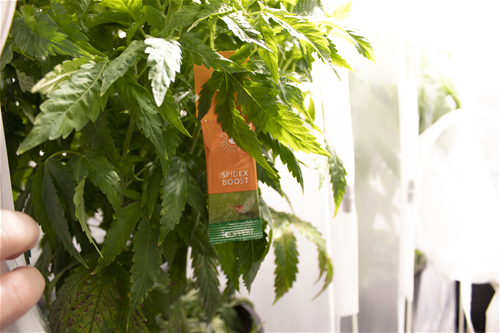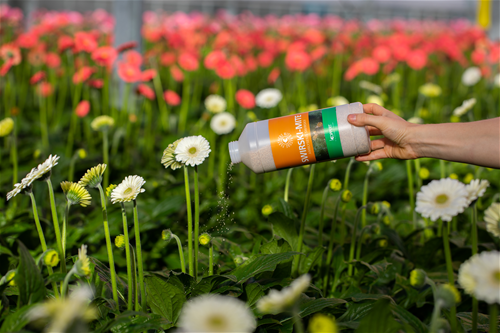Natural, safe solutions that improves crop health ... Partners with Nature.
Koppert Biological Systems produces sustainable cultivation solutions for food crops and ornamental plants. Together with growers and in partnership with nature, we work to make agriculture and horticulture healthier, safer, more productive and resilient. We achieve this by using natural enemies to combat pest infestations, bumblebees for natural pollination, and biostimulants that support and strengthen the crops both above and underground. We contribute to the better health of people and the planet, in partnership with nature.
Koppert Biological Systems contributes to better health of people and the planet. In partnership with nature, we make agriculture healthier, safer and more productive. We provide an integrated system of specialist knowledge and natural, safe solutions that improves crop health, resilience and production.

Spidex vs Spidex Vital - Tim Bossinga, Product Manager Macrobials
When you receive a bottle of Spidex Vital and open it, you will see that Spidex Vital looks different to the regular Spidex: the Phytoseiulus are white instead of red. The contrast in colour between the Spidex Vital mites and the carrier material is less marked, so the predatory mites are harder to spot. And because the predatory mites are well fed, they tend to stay inside the carrier material instead of accumulating in the bottleneck. In this video Tim Bossinga, Product Manager Macrobials tells more about the changes of Spidex.
Spidex Boost
Use Spidex Boost for biocontrol of two spotted spider mite (Tetranychus urticae). Other than Koppert slow-release products (sachets), Spidex Boost does not contain a rearing system which produces several generations of predatory mites over time.

Phytoseiulus persimilis feeds on all stages of spider mites with a preference for eggs. The predatory mites pierce the eggs and consume the contents. Adult Phytoseiulus persimilis also attack adult spider mites but the smaller development stages only feed on smaller prey stages. The larvae do not eat. The predatory mite can only survive on two-spotted spider mites (Tetranychus spp.).
Swirski Mite
Use Swirski-Mite for biocontrol against various thrips species, eggs and larvae of whitefly, and tarsonemid mites. Use Swirski-Mite for biological pest control of young larvae of various thrips species and , eggs and larvae of whitefly both greenhouse and whitefly, and tarsonemid mites. Use Swirski-Mite as a preventive method and when the first signs of a pest appear.
